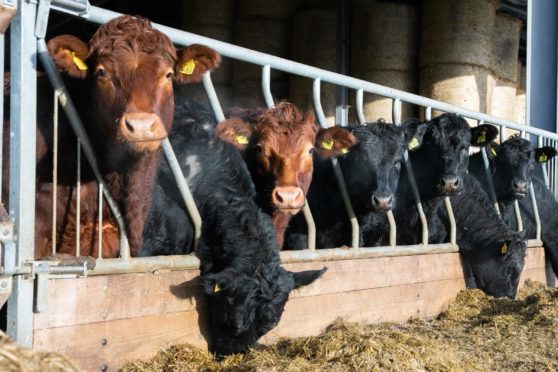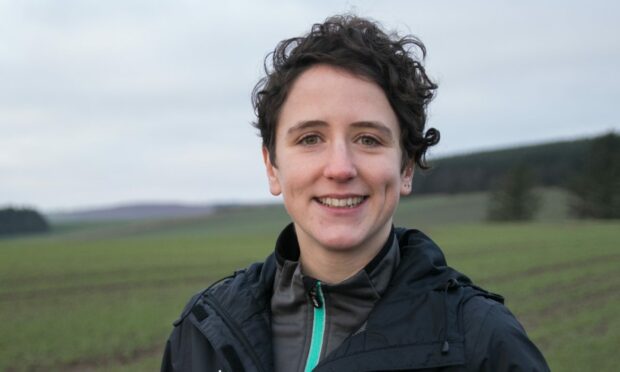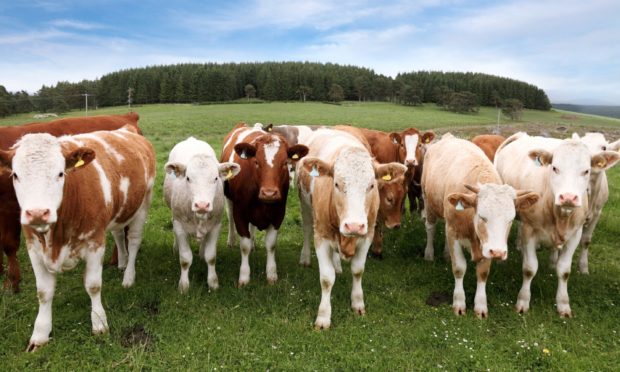The Scottish Government has once more dismissed claims civil servants are planning to reduce suckler cow numbers.
It comes following an open letter to Rural Affairs Secretary Mairi Gougeon from the National Beef Association‘s chief executive officer Neil Shand.
In the letter, Mr Shand says: “I write to you on behalf of our beef producing members in Scotland, who continue to hear murmurs that civil servants have plans to dramatically reduce suckler herd numbers in Scotland.
“Beef production is the mainstay of the rural community in Scotland, is globally admired and most importantly, uses land that in many cases is not suitable for crop production of any type.”
He called for confirmation from Ms Gougeon that there would not be any further challenges on livestock numbers and said: “It is Government’s duty to provide stability within the industry at a time of upheaval, and we ask for your clarification.”
In response to the letter, a Scottish Government spokesman said ministers had “no plans to actively reduce livestock numbers” in Scotland.
He said: “We have a proud record of supporting and investing in farming and food production and are wholly committed to continuing to support active farming in the future.
“We believe that Scotland should be a global leader in sustainable and regenerative agriculture.”
He added: “While we will ensure the sector makes the emission reductions required to contribute to Scotland’s world-leading emissions targets, to support and deliver nature restoration and a just transition to net zero, we also want to produce more of our own food sustainably.”
Claims civil servants were pushing for a mass cull of cattle first surfaced in April when former NFU Scotland president Jim Walker, who co-chaired the Scottish Government’s suckler beef climate group, said he had been told civil servants were proposing a cull of 300,000 beef cattle from a national herd of 1.2 million as a solution to reducing emissions from the sector.
At the time, Mr Walker said: “There’s a group of people inside government at official level who are interested in one thing, and one thing only, and that’s less red meat and less dairy in the diet.
“And they will cut (livestock) numbers to meet Scottish climate change targets without any care to the rural economy.”
When Mr Walker’s claims emerged, a Scottish Government spokesman said they were “without foundation”.


